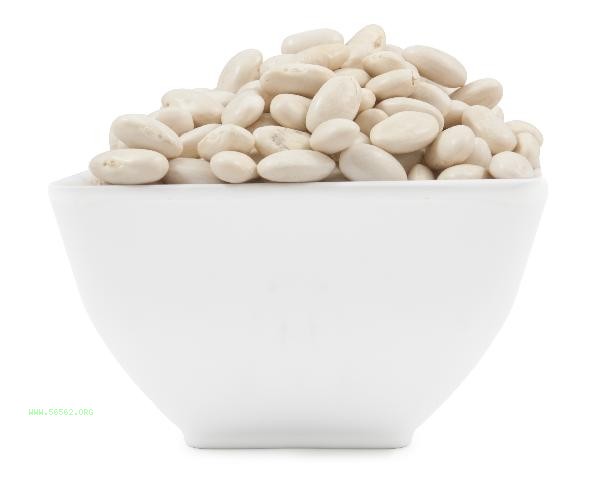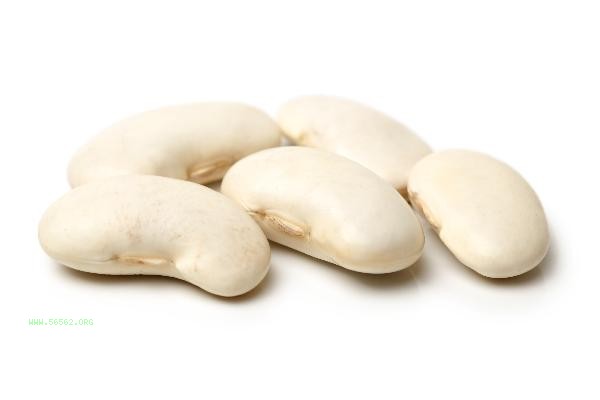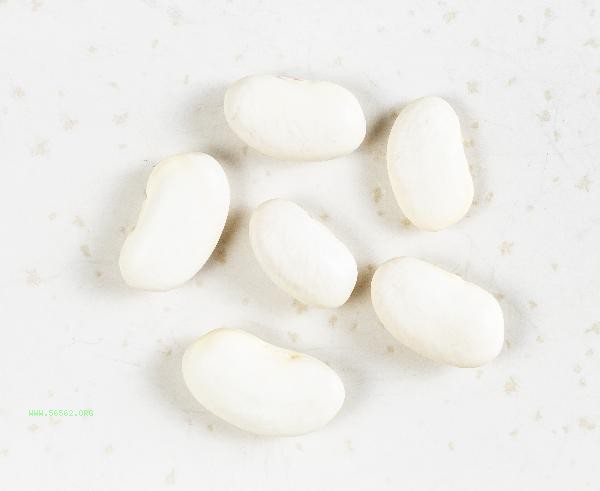The recommended daily intake of legumes for healthy adults is 30-50 grams dry weight, as excessive intake may cause gastrointestinal discomfort or affect nutrient absorption. Beans are rich in high-quality protein, dietary fiber, and minerals, but individual digestive capacity and special health conditions need to be considered.

1. Digestive Burden
Beans contain a high amount of oligosaccharides and dietary fiber. Consuming more than 100 grams of dry beans in a single day may cause bloating and gas production. People with weak gastrointestinal function should reduce their intake by half. It is recommended to consume legumes in three meals and pair them with fermented foods such as yogurt to improve digestion. Sprouted or fermented soy products are more easily absorbed.
II. Mineral Balance
Phytic acid in legumes can inhibit the absorption of minerals such as iron and zinc, and long-term overconsumption may affect the metabolism of trace elements. It is recommended to eat legumes with vegetables and fruits rich in vitamin C, or choose processed products such as tofu to reduce anti nutritional factors. Anemic patients need to control their daily intake of legumes to within 20 grams.
III. Protein Metabolism
Although legume protein is a high-quality protein, consuming more than 70 grams of dried beans per day may increase the metabolic burden on the liver and kidneys. Patients with chronic kidney disease should limit the intake of beans according to the doctor's advice, and can choose soybean milk to replace some animal protein. The fitness population can be appropriately increased to 60 grams, but sufficient carbohydrates need to be added.

4. Special Ingredient Effects
Soybeans contain phytoestrogens, and should not exceed 15 grams per day for prepubertal children and thyroid disease patients. Gout patients should control dry beans to less than 20 grams and prioritize low purine varieties such as mung beans. Fermented soy products have a high content of nattokinase, so caution should be exercised when taking anticoagulant drugs.
Fifth, Nutritional Balance
Excessive legumes can occupy the intake space of other foods, leading to deficiencies in nutrients such as vitamin B12. It is recommended that legumes account for less than one-third of the daily staple food, paired with whole grains and potatoes. Menopausal women can increase the proportion of soy products to 50 grams appropriately, but monitor changes in hormone levels.

For daily consumption, 30g of dry beans can be converted into 100g of tofu or 400ml of soybean milk, and the digestion rate can be improved by soaking, stewing for a long time, etc. The elderly and postoperative patients are advised to choose soft bean products such as tofu and tofu pudding, and children should gradually increase from a small amount. When experiencing persistent bloating or allergic reactions, consumption should be stopped and a nutritionist should be consulted. Special populations should adjust their intake based on physical examination data and maintain a reasonable ratio of beans, fish, eggs, and milk.








Comments (0)
Leave a Comment
No comments yet
Be the first to share your thoughts!